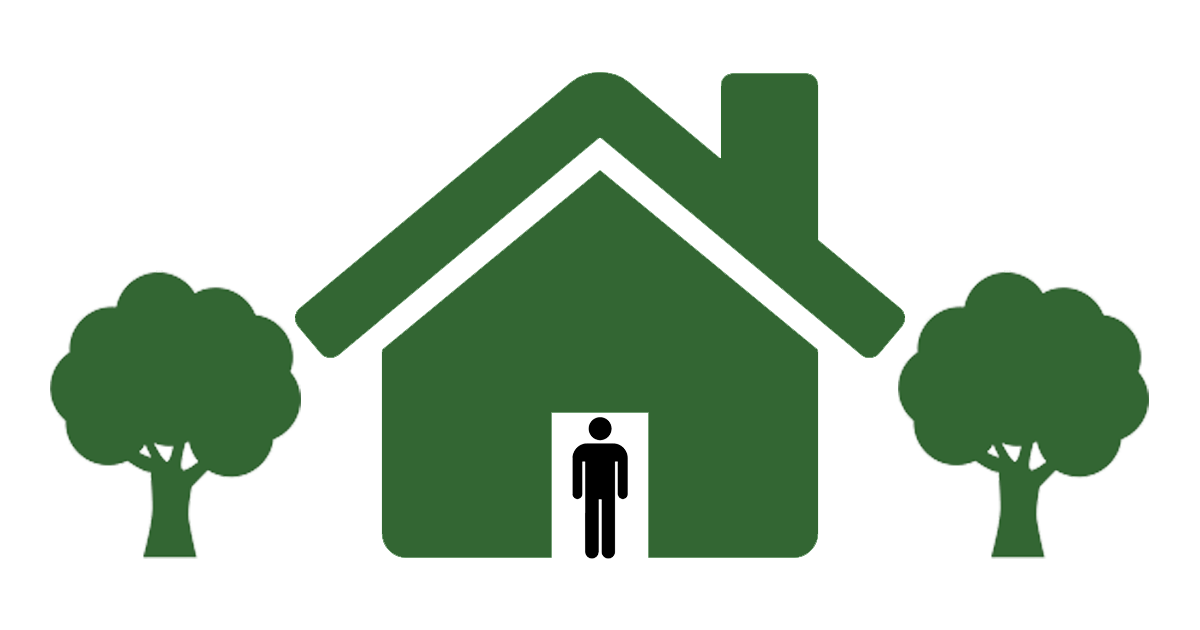
You might have heard that the U.S. Senate recently went nuclear. People feel about the same about Congress as non-New Yorkers feel about the Yankees. Life at the federal level is kind of a mess. Which is why I’m thankful that at the end of the day, I live in a city. As a Chicagoan, I live in a place nicknamed “The City That Works.” It does work, much of the time. But it’s not the only city that works. So here are six things that make me glad to be in not just my city, but a city.
Smart mayors
One of the best things about this job is that I get to spend time talking to mayors of cities big and small. What I’ve found, overall, is that regardless of the city, and regardless of party affiliation, these mayors are a smart bunch. They have a keen understanding of the challenges they face. They understand with a high degree of nuance how their cities are changing, and how the changing demographics are impacting the services needed and the amenities desired. Mostly, they aren’t waiting for help from above (i.e. state and federal leadership) before they move forward. For instance, I recently chatted with Madison, WI ‘s Mayor Soglin, now in his third stint in that office. We talked about how it must be fascinating to see policies he put in place in the 1970s playing out now. His only regret, he told me, was that he took a 20-year view then as opposed to a 40-year view. That’s not the kind of thinking you hear in most governments.
Open government/open data
Throughout the U.S. in cities big and small, we’re seeing a partnership emerge between the public sector (government) and the private sector (business). Startups are popping up from New York City to Omaha using data collected and created by cities to create new products. In the middle of this exchange is the so-called hacker community – civic-minded programmers helping make the city’s data more accessible and usable for non-hackers. It’s not always an easy path and levels of cooperation vary, but seeing these conversations happening throughout the U.S. is hugely gratifying. Better data can lead to better decisions, to a higher level of transparency and, eventually, to more livable cities. Bring it on.
Options
As we put together our inaugural Best Places to Live list, one of the core values we focused on was options. In a big city like mine, that means I can drive to work – I live right near an expressway – or walk to a public subway, or take the bus to that train or ride my bike. Many of these options are available not just within the city limits, but within the entire metro area, which encompasses cities big and small. Many of our top 100 cities, and many cities period, are in metro areas anchored by large cities. Transportation options are only one aspect, of course – I have access to more restaurants than I could ever eat at and more entertainment options than I could ever take advantage of. But living someplace that enables choice in what I do and how I get to it is something I’m thankful for.
Collisionable hours
This is something I heard Zappos CEO Tony Hsieh talk about earlier this year. The more time you spend out and about, the more you run into people, which can generate ideas, action and innovations. It reframes how you think about the city. If you create places for people to gather, these kinds of interactions become unavoidable. I run into people I know just about everywhere I go. But really, if you think about it, what this means is that big cities are finding ways to replicate what small cities already have and do well. It takes work and planning to create in a big city the equivalent of a corner store in a smaller city. A place where everyone knows your name. I wrote a piece in the Chicago Tribune about how each of Chicago’s 77 neighborhoods is large enough to be a town unto itself. It’s great to see cities starting to think that way about how to create small towns within large places.
Cities that work
When the federal government shut down, I tweeted that I was thankful that I had just taken one of my daughters to her public kindergarten class, my other children were headed to a Chicago Park District program, and I was passing potholes being filled as I hopped on the subway to go to my office in the heart of one of Chicago’s most vibrant neighborhoods. And yes, I realize it’s not all perfect. Much of this is at least partially funded through state and federal programs. Much of it is also funded by lumping debt on our governments, and those bills will eventually come due. But overall, today, I’m focusing on the positive. My city functions, and a lot of smart people are working very hard to keep it going and moving forward.
The little things
I’ve written about how cities need to think with more agility – make small plans and execute them, test them and repeat them. Smart, small projects can make an over sized difference in the livability of a city. I look forward to having more examples to write about as we round the corner on 2013 and hit the ground running for next year.
What are you thankful for in your community?
